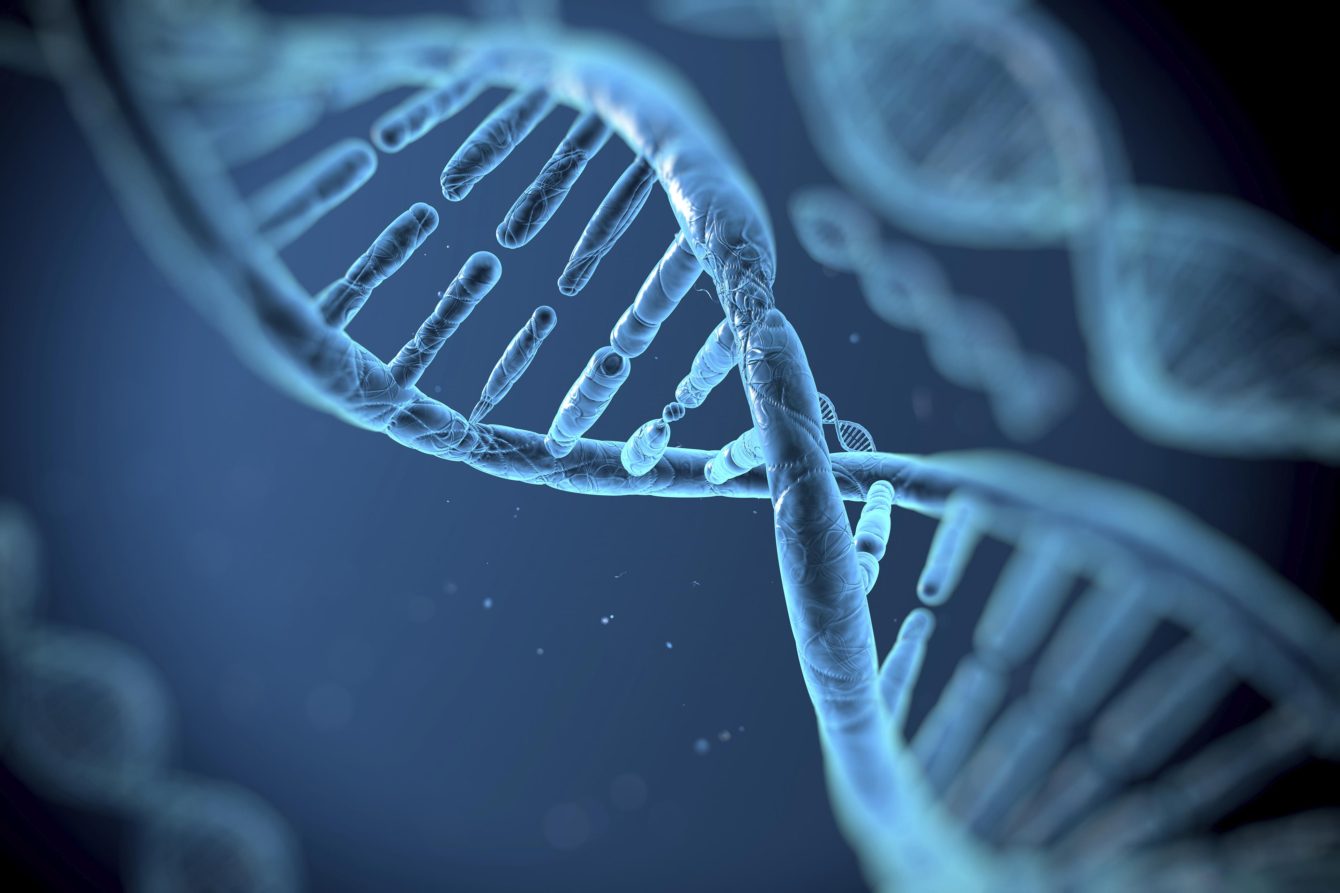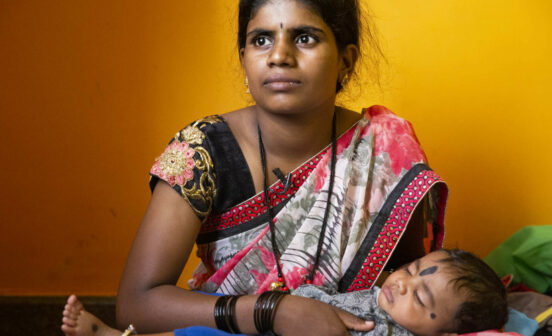Prevention Research explains cellular stress which may alter treatment approaches to disease

Imperial researchers are hoping to provide a new way of thinking about the impacts of cell stress on disease. Through a series of papers and reviews, they focus on the impact of rogue proteins in cells caused by inherited mutations in our DNA, and how cells behave when they are under stress.
Cells normally deal with these proteins rapidly and efficiently. But when they are under stress because of an infection, temperature shock, or other issue, the usual safety nets and waste disposal mechanisms cannot work, making the cells to become even more ‘stressed’.
The researchers believe their insights may help explain why diseases behave differently, whether that be for bleeding, cancer, heart or muscle function.
In human genetics, loss-of-function variants are usually looked at in terms of how they affect specific gene pathways. When a mutant protein is produced and needs to be broken down, the focus has been on how this impacts the specific pathway or trait related to that protein. In this commentary, the researchers expand on disease mechanisms by including extensive research from experimental organisms and new ideas in protein management (proteostasis). They particularly focused on the increased burden on cellular protein management during stress when the cell is no longer protected from certain variant burdens by a process called nonsense-mediated decay (NMD).
The team explained simple models where mutant proteins overwhelm the cell’s limited protein management capacity, which decreases with age and is affected by other demands on the cell’s proteins. Alternative scenarios include local engagement of chaperone machinery, which might cause dysfunction by limiting the availability of other proteins, even if the variant protein is not highly expressed. Additionally, misfolding events can amplify other misfolding events through feedback loops, depleting chaperone capacity and causing cellular stress that prevents NMD from removing faulty RNAs and proteins.
They believe this broader framework offers practical perspectives for classifying variants and developing therapeutic approaches to disease.
Professor Claire Shovlin, from the National Heart and Lung Institute and the NIHR Imperial BRC Social, Genetic and Environmental Determinants of Health Theme Co-lead, said: “We think it probably also alters how people respond to treatments they are given, and that the type of DNA mutation should be taken into account for future drug trials.”
Read the commentary in the American Journal of Human Genetics, and the team’s key papers in the journals Blood, Cell Stress and NEJM.





